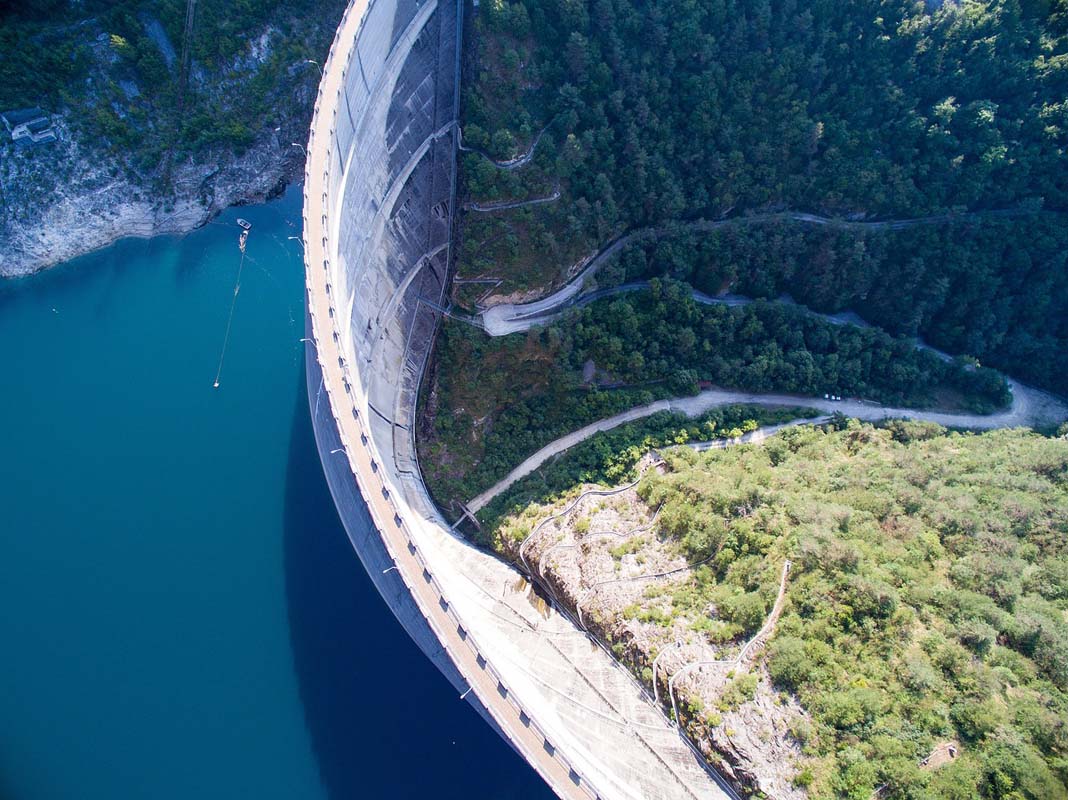
403
Sorry!!
Error! We're sorry, but the page you were looking for doesn't exist.
Iran's major dams have 44 percent of capacity filled
(MENAFN) Iran's major dams are entering the second month of winter with only 44 percent of their capacity filled, leaving 56 percent empty, as a result of below-average autumn rainfall and ongoing droughts. From the start of the current water year in late September to January 12, the country recorded just 51.5 millimeters of rainfall, significantly reducing surface water flows and dam inflows. Compounding the issue is insufficient snowfall, a critical source for dam reservoirs, which has also fallen short this year.
Mohammadreza Kavianpour, head of the Water Research Institute of Iran, has highlighted the effects of global warming on snow and glacier melt. He noted that climate change, which has accelerated the melting of glaciers worldwide, is impacting Iran's 110 glacier zones. A shift from snowfall to rainfall has been observed, reducing snow cover and thickness, both essential for replenishing water reserves. This trend underscores the challenges Iran faces in managing its water resources amidst a warming climate.
Recent data from Iran's National Water Information Office shows a three percent decrease in water inflows to dams since the water year began. From late September to January 13, 5.67 billion cubic meters of water entered dams, compared to 5.86 billion cubic meters during the same period last year. Meanwhile, water outflows have increased by four percent, rising to 7.75 billion cubic meters from last year's 7.45 billion cubic meters, reflecting a growing imbalance in water management.
Despite these challenges, the total water volume in dams has risen by nine percent, with reserves reaching 22.48 billion cubic meters as of January 13, compared to 20.57 billion cubic meters the previous year. However, eight major dams have reported water level reductions ranging from 25 to 75 percent. The combination of declining precipitation, insufficient snow, and increased water consumption is exacerbating water scarcity in Iran, raising serious concerns about the nation’s ability to effectively address ongoing drought and resource management issues.
Mohammadreza Kavianpour, head of the Water Research Institute of Iran, has highlighted the effects of global warming on snow and glacier melt. He noted that climate change, which has accelerated the melting of glaciers worldwide, is impacting Iran's 110 glacier zones. A shift from snowfall to rainfall has been observed, reducing snow cover and thickness, both essential for replenishing water reserves. This trend underscores the challenges Iran faces in managing its water resources amidst a warming climate.
Recent data from Iran's National Water Information Office shows a three percent decrease in water inflows to dams since the water year began. From late September to January 13, 5.67 billion cubic meters of water entered dams, compared to 5.86 billion cubic meters during the same period last year. Meanwhile, water outflows have increased by four percent, rising to 7.75 billion cubic meters from last year's 7.45 billion cubic meters, reflecting a growing imbalance in water management.
Despite these challenges, the total water volume in dams has risen by nine percent, with reserves reaching 22.48 billion cubic meters as of January 13, compared to 20.57 billion cubic meters the previous year. However, eight major dams have reported water level reductions ranging from 25 to 75 percent. The combination of declining precipitation, insufficient snow, and increased water consumption is exacerbating water scarcity in Iran, raising serious concerns about the nation’s ability to effectively address ongoing drought and resource management issues.

Legal Disclaimer:
MENAFN provides the
information “as is” without warranty of any kind. We do not accept
any responsibility or liability for the accuracy, content, images,
videos, licenses, completeness, legality, or reliability of the information
contained in this article. If you have any complaints or copyright
issues related to this article, kindly contact the provider above.






















Comments
No comment